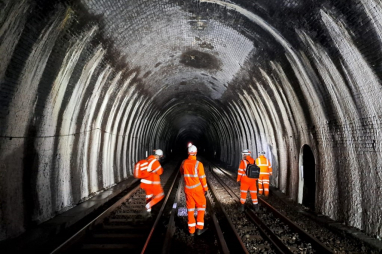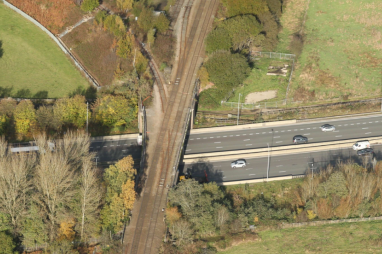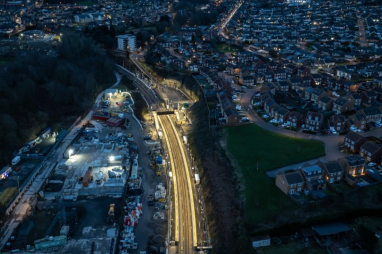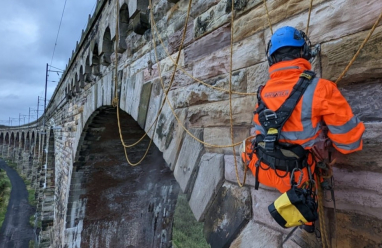- air jordan outlet legit reddit
- 200 Release Date - nike gold air chukka moc high school - SBD - nike gold air yeezy glow in the dark sneakers boys Rattan Obsidian CZ4149
- Nike Air Max Tailwind 4 Supreme White Red Authentic New
- air jordan 1 los angeles , Air Jordan 1 Mid Black Grey Red
- IetpShops , Air Match Jordan XIII Michael Finley Autographed Mavs PE - 106 Release Date + Where to Buy - Women's Air Jordan 1 Mid Surfaces in Lucky Green and Aquatone DZ4137
- nike air force 1 boot cordura black wheat university gold do6702 001
- all star air jordan 1 gotta shine
- Air Jordan 1 University Blue 555088 134 Release Date Price 4
- nike air force 1 low white gold dc2181 100 release date info
- Usher Air Jordan 11 Gold Sample
- Home
- News and analysis
- Info hubs
- Events
- Video
- Case Studies
- About us
- Magazine
Produced for the industry by the Association for Consultancy and Engineering
News
£10m of repairs for Blackheath tunnel start on June 1

The Blackheath tunnel will close for 10 weeks from June 1 to allow for £10m of essential repairs.
Trains will not run between Blackheath and Charlton as Network Rail carries out work on the 175-year-old London tunnel.
Southeastern trains which normally run through the tunnel will be diverted via other routes during the closure.
The tunnel will reopen on Monday, August 12 when services between Blackheath and Charlton will resume.
The essential work will involve cleaning soot from tunnel using a specialist industrial vacuum cleaner and replacing tens of thousands of bricks damaged by the freezing and thawing of rainwater.
Network Rail will also install a new concrete tunnel lining to stop water leaking into the tunnel.
These extra works will mean less disruption for customers in the long term and will be crucial for the reliable running of the railway long into the future.
A closure of 10 consecutive weeks is needed because carrying out work in cramped and narrow tunnels is incredibly difficult.
Network Rail is also planning to work during the daytime and some nights to maximise the productivity of this closure.
The one-mile-long tunnel, which opened in 1849, is prone to leaks and damage from water which filters through the ground above into the tunnel.
While the tunnel is safe, the wet conditions are damaging the track and electrical equipment, which has caused around 1,000 minutes of delay to Southeastern customers in the past year.
David Davidson, Network Rail’s Kent route director, said: “Working consecutively over 10 weeks means we can reduce the overall disruption to passengers and give them reliability improvements sooner. The alternative would have been a year of weekend closures.
“We look to manage the impact of work on railway neighbours, carrying out any noisy activities during the day, but with the tunnel more than 20m underground any noise and vibration from the work will be minimal.
“After we’ve cleared the soot from the tunnel this summer, a full assessment of the extent of further repair work needed next year can be made.
“We’re really grateful to passengers and neighbours for their patience and are working closely with Southeastern to make sure everyone understands the changes and the impact on their journeys.”





